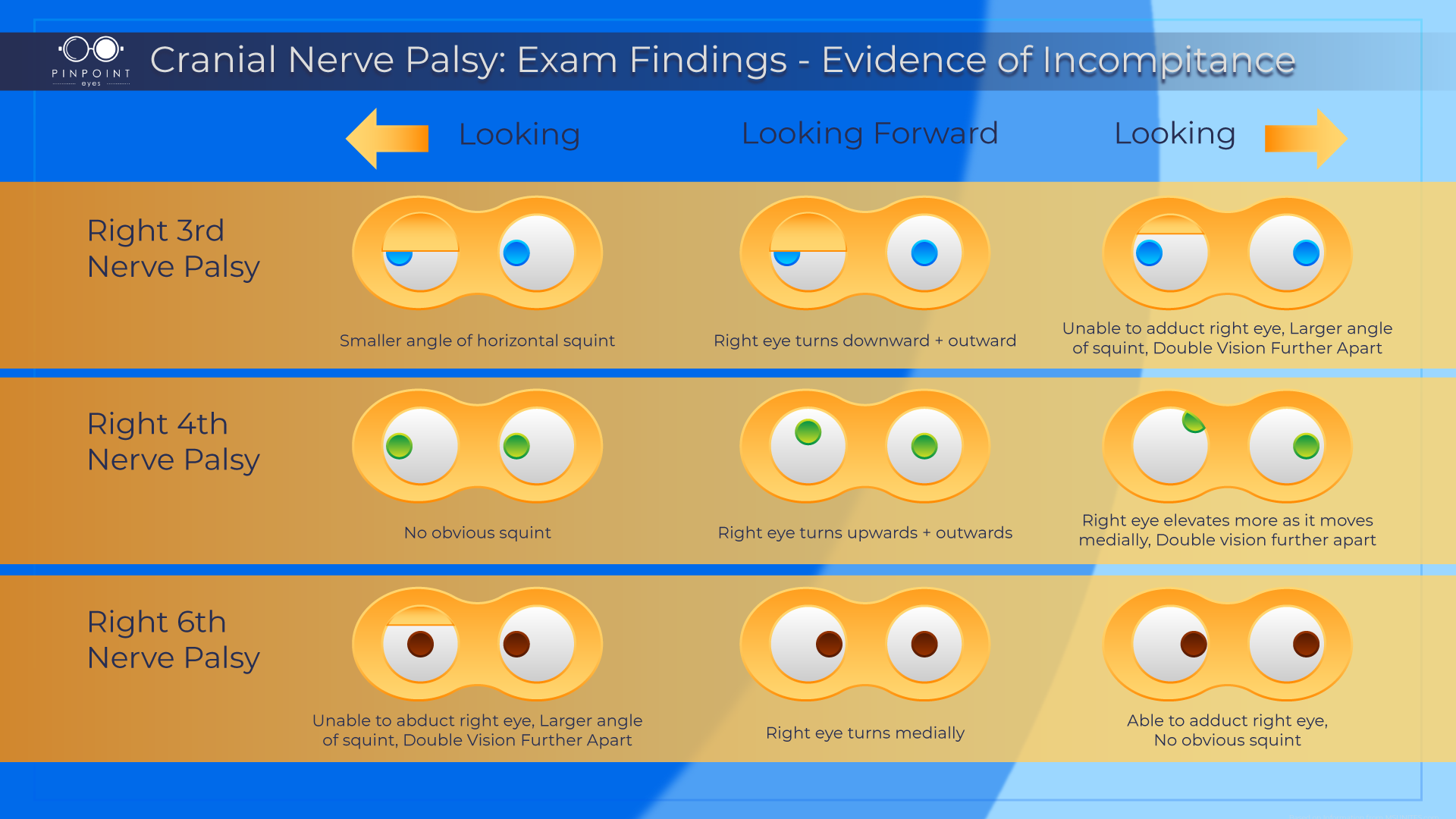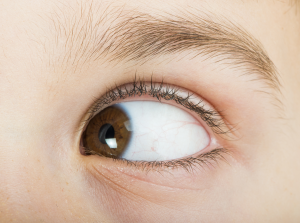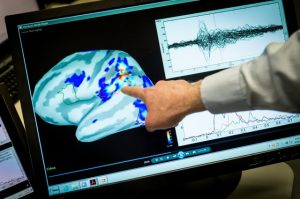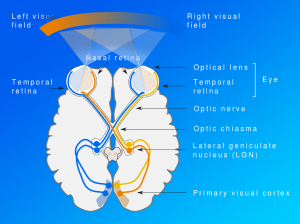Cranial Nerve Palsy
“Palsy” simply means “paralysis.” Cranial Nerve Palsy is a condition in which one or more of the cranial nerves is damaged to the point of complete or partially paralyzation.
What Causes Cranial Nerve Palsy?
Cranial nerve palsy is due to partial or complete damage of a cranial nerve. These conditions may be genetic, due to trauma, demyelinating conditions, infections, as well as vascular diseases.

What Are Cranial Nerves?
Cranial nerves are nerves that emerge directly from the brain. There are a totally of twelve cranial nerves, with four responsible for eye control and vision. The cranial nerves (CN) responsible for vision and ocular function are CN II, CN III, CN IV, and CN VI).
CN II
CN II is the optic nerve. This CN is responsible for vision, transmitting information between the retina of the eye and the brain. Damage to this nerve does not result in strabismus but rather visual disturbances and loss.
CN III
CN III is the oculomotor nerve, which is responsible for most movements of the eye and raising the eyelid. It contains fibers that innervate both extrinsic and intrinsic muscles of the eye, not only controlling eye movements but pupillary constriction and accommodation, which is important in focusing vision on near objects.
CN IV
CN IV is the trochlear nerve. This cranial nerve is responsible for innervating only the superior oblique extraocular muscle, which is, allows for oblique movements of the eyes.
CN VI
CN VI is the abducens nerve. The abducens nerve innervates the lateral rectus muscle, which allows for outward movement of the eye.
Together, these cranial nerves work harmoniously to allow full range of movement of the eyes in alignment and conjugation with one another. When pathology affects CN III, IV, and VI it leads to dysfunction and misalignment.




Pingback: What is Amblyopia? | PinpointEyes